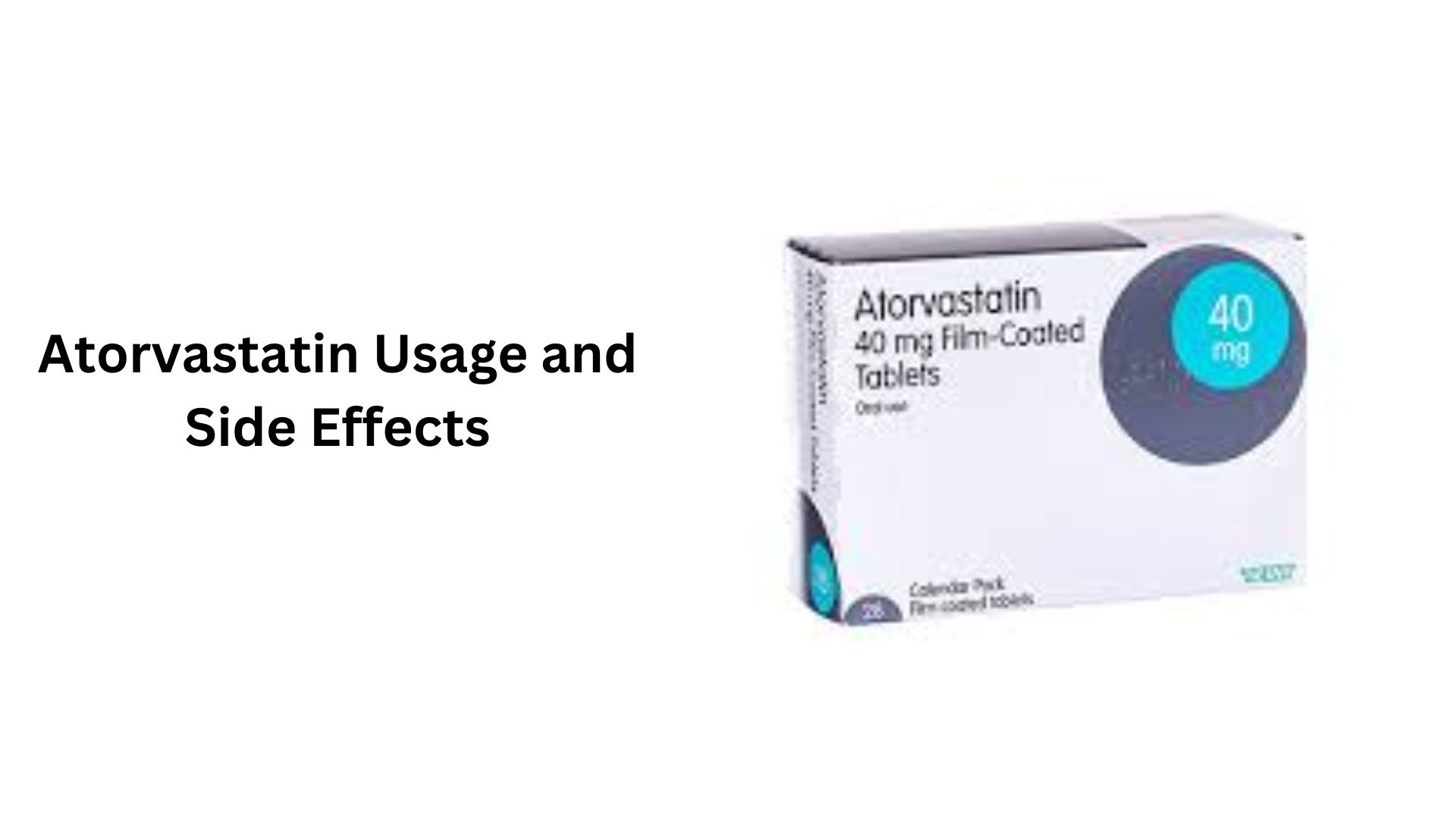A medication from the statin class that is frequently used to control blood lipid levels is atorvastatin.
Uses of Atorvastatin
Here are key uses of Atorvastatin:
- Cholesterol Management:
- The main purpose is to reduce high blood levels of total cholesterol.
- LDL Cholesterol Reduction:
- Highly effective in lowering “bad” cholesterol, or low-density lipoprotein, or LDL cholesterol.
- Triglyceride Lowering:
- Also, atorvastatin lowers blood triglyceride levels that are high.
- HDL Cholesterol Modulation:
- Atorvastatin mainly lowers low-density lipoprotein (LDL), or “good” cholesterol levels, but it also slightly increases high-density lipoprotein (HDL), or low-density lipoprotein cholesterol.
- Cardiovascular Risk Reduction:
- suggested for secondary prevention in people with a history of cardiovascular events as well as primary prevention in people at risk of cardiovascular disease.
- reduces the chance of cardiovascular events such as heart attacks, strokes, and atherosclerosis.
- Atherosclerosis Management:
- An important part of managing atherosclerosis, an illness characterized by the buildup of plaque in the arteries, is taking atorvastatin.
- Coronary Artery Disease (CAD):
- used to control and slow the development of coronary artery disease.
- Prevention of Cardiovascular Events:
- administered to people having a history of heart attacks or strokes to avoid the recurrence of cardiovascular problems.
- Long-Term Lipid Control:
- It is often suggested for the long-term control of hyperlipidemia to preserve ideal lipid levels and lower the chance of developing new cardiovascular issues.
- Combined Therapies:
- can be used for comprehensive cardiovascular risk management in conjunction with lifestyle changes including diet and exercise.
- Diabetes Management:
- It is used to treat lipid imbalances and lower cardiovascular risk in people with diabetes.
- Heterozygous Familial Hypercholesterolemia:
- Suggested for people with familial hypercholesterolemia, a genetic disorder that causes elevated cholesterol levels.
- Post-Transplant Hyperlipidemia:
- used to control lipid levels in transplant recipients in specific circumstances of post-transplant hyperlipidemia.
- Peripheral Arterial Disease (PAD):
- Peripheral artery disease patients may be offered atorvastatin to lower their risk of cardiovascular events.
When prescription Atorvastatin is used, it’s critical that patients follow their doctor’s recommendations, get regular checkups, and report any adverse effects or concerns. Atorvastatin dosage should be customized depending on each patient’s unique health circumstances and risk evaluations.
Side Effects of Atorvastatin
Here are common side effects of Atorvastatin:
- Muscle-related Symptoms:
- Muscle pain, or myalgia, is a typical side effect.
- Very rarely, more serious muscle-related conditions like myopathy or rhabdomyolysis can develop, which can cause breakdown or weakening in the muscles.
- Gastrointestinal Disturbances:
- Abdominal pain or discomfort
- Nausea
- Constipation
- Headache:
- Headaches are a possible side effect for certain people.
- Liver Enzyme Abnormalities:
- Liver enzymes can be affected by atorvastatin, and there may be rare increases in liver enzyme levels.
- In general, routine liver function monitoring is advised.
- Increased Blood Sugar Levels:
- There is a chance that atorvastatin will raise blood sugar.
- It is advisable to keep an eye on blood glucose levels, particularly in diabetics.
- Allergic Reactions:
- Allergic reactions can appear as swelling, itching, or rash.
- Usually rare, severe allergic responses need to be treated right away.
- Central Nervous System Symptoms:
- Insomnia or difficulty sleeping
- Memory loss or confusion (though rare)
- Joint Pain:
- Some individuals may experience joint pain.
- Digestive System Issues:
- Flatulence
- Indigestion
- Respiratory Symptoms:
- Nasopharyngitis (inflammation of the nose and throat)
- Sore throat
- Peripheral Edema:
- Peripheral edema, or swelling in the legs and ankles, can happen.
It’s important to remember that many people tolerate medication well and that not everyone will have these adverse effects. Severe side effects are also uncommon. However, people should notify their healthcare physician right away if they experience any unexpected or severe symptoms.
Regular examinations are recommended for patients taking atorvastatin to check for possible adverse effects and evaluate how well the drug is controlling cholesterol levels. A healthcare provider should be consulted before using atorvastatin, and risk assessments and specific health variables should be taken into account.
